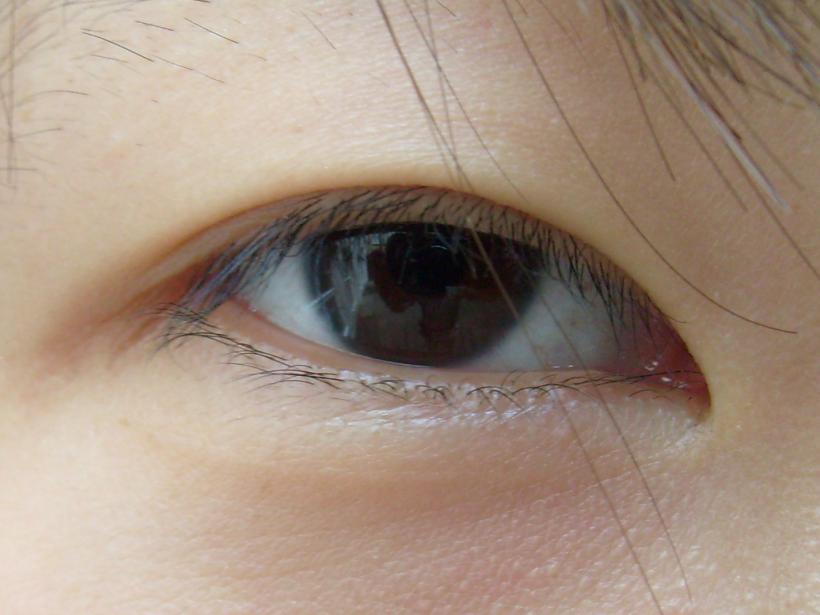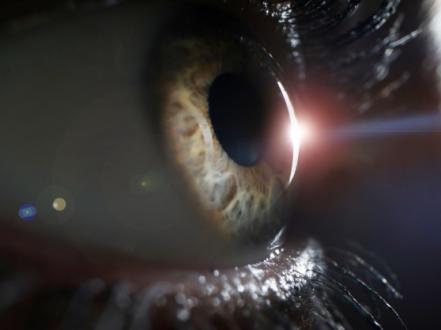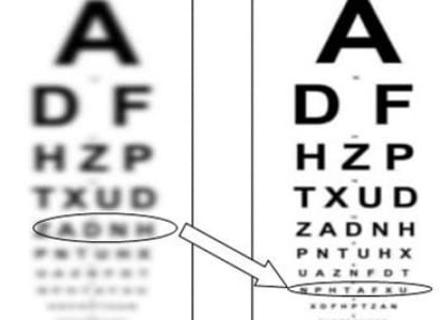An epicanthus or epicanthal fold is a vertical or oblique skin fold of the upper eyelid that covers the inner corner of the eye and runs from the nose to the inner side of the eyebrow.
There are four types of epicanthal fold:
- straight (tarsalis), which is most prominent on the upper eyelid;
- inversus, which is most prominent along the lower eyelid;
- palpebralis is equally prominent on the upper and lower eyelids;
- superciliaris starts from the eyebrow and reaches the zone of projection of the lacrimal sac.
Epicanthus causes
Epicanthus is normally found in Asians (tarsalis variant) and young children of any race before the period of elevation of the bridge of the nose.
However, epicanthic folds can be associated with some hereditary syndromes and diseases. These include:
- Down syndrome;
- Turner syndrome;
- Williams syndrome;
- fetal alcohol syndrome;
- Noonan syndrome;
- Rubinstein-Taybi syndrome;
- phenylketonuria;
- Blepharophimosis syndrome (inversus epicanthus).
Therefore, Caucasian children who are found to have epicanthus after birth need additional screening for genetic diseases.
Epicanthus symptoms
The main complaint of patients is a cosmetic defect. Also, the epicanthus can be accompanied by ptosis (drooping) of the eyelids, pseudo-squint, and shading of the visual axis, which cause discomfort and visual impairment. There may be a disturbance of the outflow of the lacrimal fluid (tearing) and lagophthalmos (the inability to fully close the eyelids) in rare cases.
Epicanthus diagnostics
Diagnosing epicanthus is not difficult. The doctor diagnoses the problem by visual and slit-lamp examination.
Correction of Epicanthus
If epicanthus does not cause psychological discomfort and severe symptoms, it does not require treatment. Often the epicanthus disappears on its own in adolescence as the nose and face bones develop. But an inverse epicanthal fold rarely goes away on its own.
It is possible to eliminate the epicanthus only by surgery. A Y-V or Z blepharoplasty is performed.
In Asians, subcutaneous epicanthoplasty, Y-V-plasty, or modified Z-plasty with the formation of the upper palpebral fold are used






